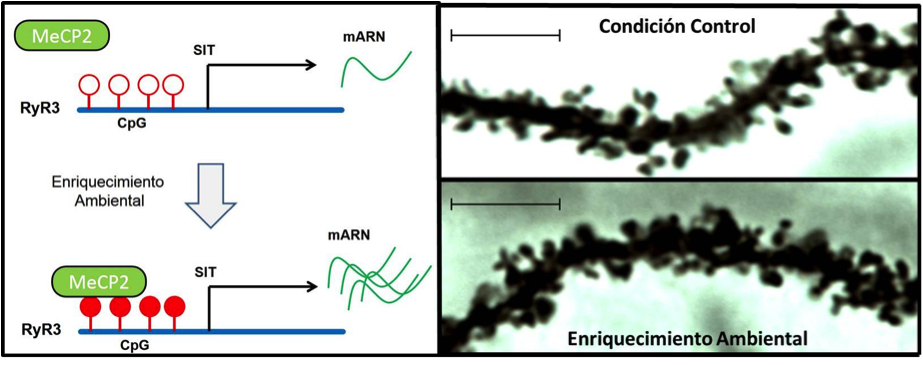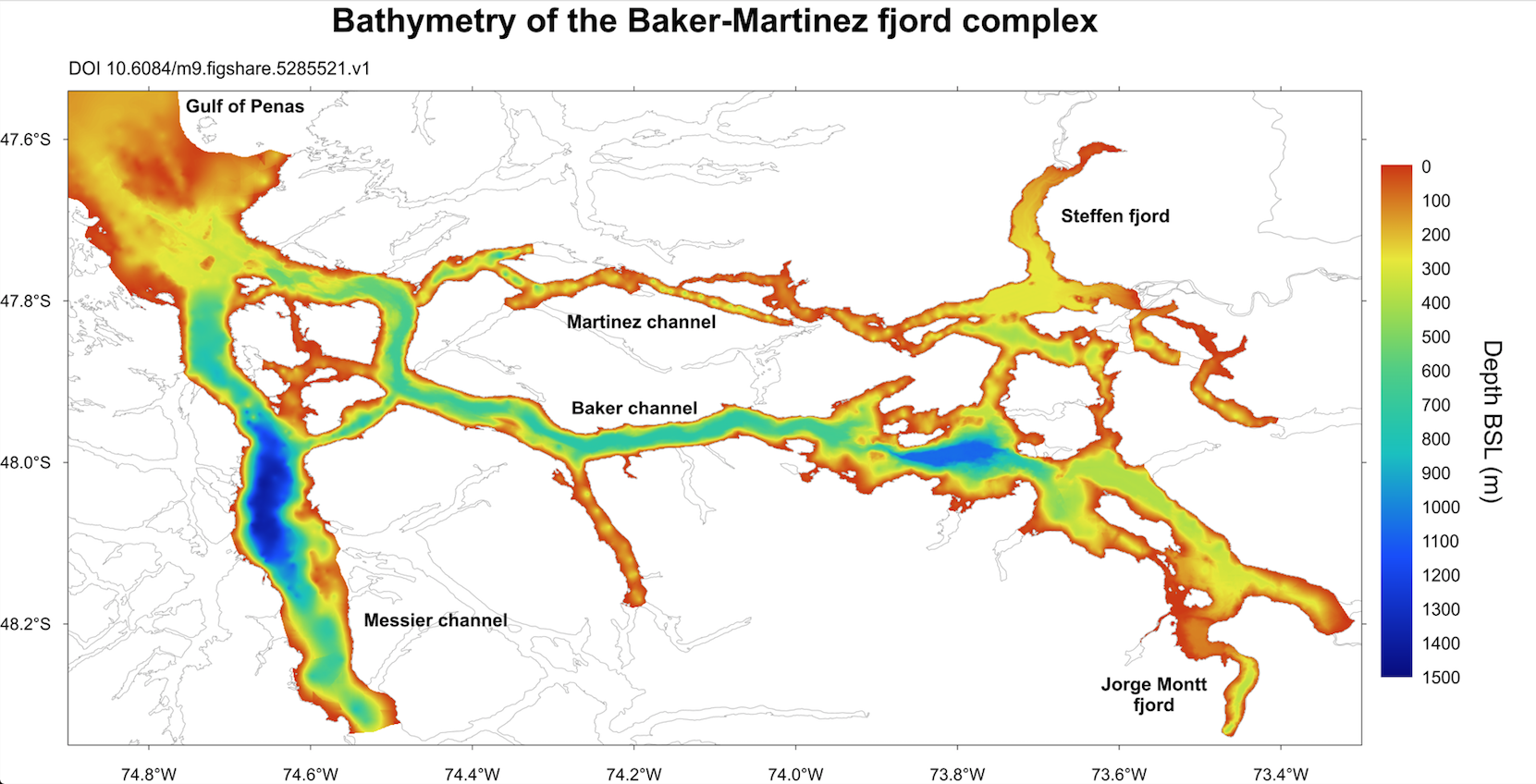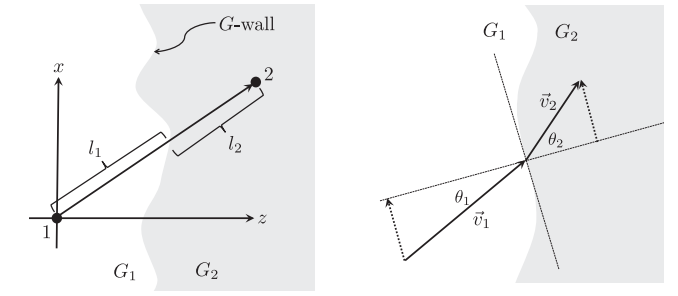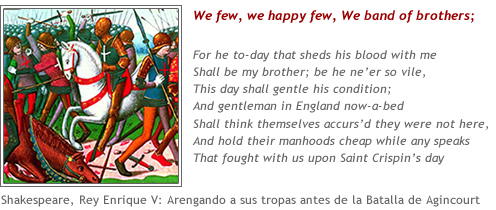|
BEYOND THE INHERITANCE
ENVIRONMENTAL ENRICHMENT GENERATES CHEMICAL CHANGES IN DNA
Researchers from the Laboratory of Biology performed an experiment showing that the effects of the exposure to an enriched environment are recorded as chemical changes in the DNA and how these modifications favor the experience-dependent learning process.

This recently published work is part of the debate aimed to establish if our characteristics are genetically determined or if these are acquired from our environment depending on our experiences. In this context, the research team led by Dr. Bredford Kerr, from CECs Biology Lab, investigated how the information is acquired from the environment and how these characteristics manage to intrude into the intimacy of our genome and become part of our biology. To this end, mice were exposed to an enriched environment with toys, mazes and objects that were daily changed, and were compared to mice kept in a standard environment. The results from these experiments were recently published in Frontiers in Molecular Neuroscience.
|
|
Read more...
|
|
|
The Centro de Estudios Científicos (CECs) mourns the departure of Stephen Hawking, great friend, hero of our time.
|
|
A NEW BATHYMETRIC PERSPECTIVE OF THE BAKER-MARTINEZ FJORD COMPLEX

Andrés Rivera, a researcher of the CECs Glaciology Laboratory, together with an international team of experts, built a bathymetric map of the Baker-Martinez fjord complex in the XI Region of Aysen. It was done with an echo sounding system survey and SHOA (The Navy Hydrographic and Oceanographic Service) references of nautical cartography. The data was processed and interpolated to obtain a
15-meter spatial resolution model for the entire fjords and channels network.
In this way, it was established that the Messier channel maximum depth is 1405 m (~ 48°04' S) while the maximum depth of the Baker channel is 1075 m. This channel connects to a fjord where the Jorge Montt glacier of the Southern Ice Field ends, the largest in the area, which has receded approximately 22 km since 1898 (Rivera et al., 2012).
|
|
Read more...
|
|
|
THE CECs INAUGURATES A NEW GLACIOLOGY LIBRARY
The IGS Library of the Southern Hemisphere is available since February 2017, it’s located on the second floor of the new building of the Glaciology Laboratory of the Center for Scientific Studies, CECs.

In 2016, the Secretary General of the International Glaciological Society was looking for a new home for the IGS book collection, a valuable group of texts for scholars, students and the general public interested in glaciology, who now have access for teaching purposes or research.
The collection, which comprises almost 500 volumes published between the end of the 19th century and the present, covers a wide variety of interesting glaciological investigations carried out around the world, most of which do not have digital versions and are therefore unique publications of high historical value. Most are in English, French or German, along with several texts in Russian and Polish.
|
|
Read more...
|
|
WHY IS NEWTON’S CONSTANT SO SMALL?
The CECs Theoretical Physics Lab’s researchers published a theoretical model that considers Newton’s gravitational constant as a dynamic variable that can take on different values in different regions of the universe, separated by domain walls called “G-walls”. The spontaneous materialization of G-Walls could explain why the gravitational interaction is so weak compared to the rest of the interactions.

From the elementary particles physics viewpoint, Newton’s constant is extremely small. The gravitational forces between the atom’s proton and electron, for example, is 39 orders of magnitude weaker than the electromagnetic force that keeps them together. This strange gap between the coupling of two fundamental theories led Paul Dirac in 1937 to question if the gravitational constant value may have evolved throughout the history of the universe, maybe in a remote past it had a commensurable value with the microscopic scales and it slowly decayed until it reached the minimal value observed today.
|
|
Read more...
|
|
|
|
|
Start Prev 1 2 3 4 5 6 7 8 9 10 Next End
|
|
Page 3 of 41 |
